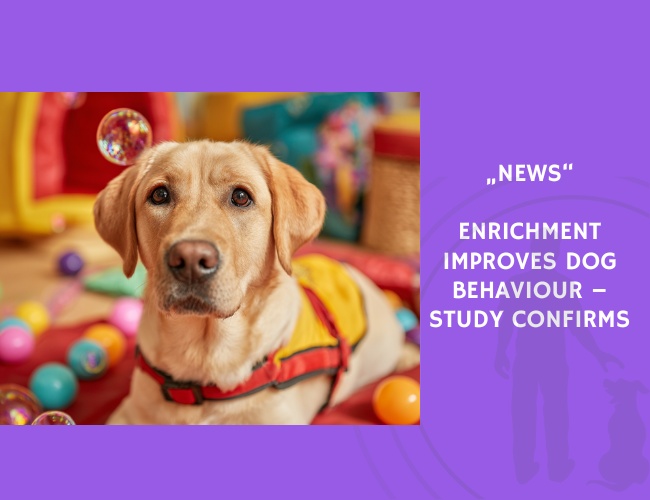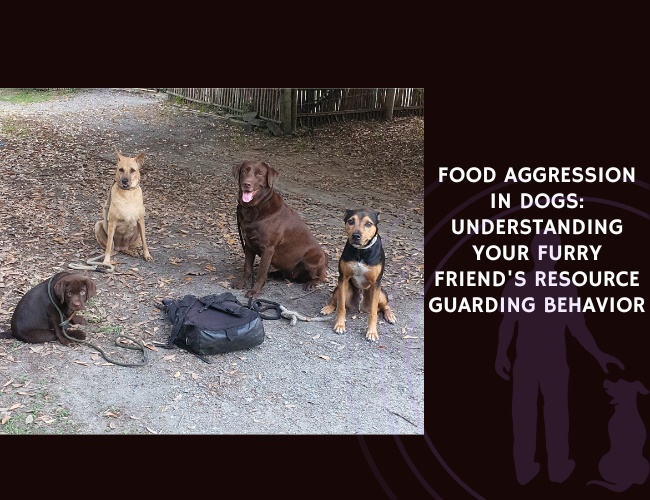Environmental enrichment isn’t luxury—it’s necessity. This study reveals how playful, diverse activities lower stress and boost well-being in training dogs.
What makes a dog thrive in structured environments? According to Hunt et al. (2022), the key lies in varied environmental enrichment (EE)—not just toys, but bonding, play, and cognitive stimulation. Their pilot study evaluated how seven EE types affected behaviour in 10 assistance dogs during training.
The results were clear: Dogs exposed to diverse enrichment showed a significant increase in relaxation and a marked reduction in alertness and stress signals (p < 0.01). Especially effective were conspecific play and physical playhouses. Surprisingly, food-based toys had the least behavioural impact.
This challenges the common idea that enrichment is a “one-size-fits-all” intervention. Instead, the findings urge trainers and caretakers to apply multi-dimensional enrichment strategies—emotional, physical, social, and cognitive.
For dog trainers, shelter managers, and pet owners alike, this study is a wake-up call: quality training environments go beyond commands. Dogs, especially working breeds, need purposeful engagement to balance stimulation with calm, focus, and social safety.
Published: January 1, 2022










